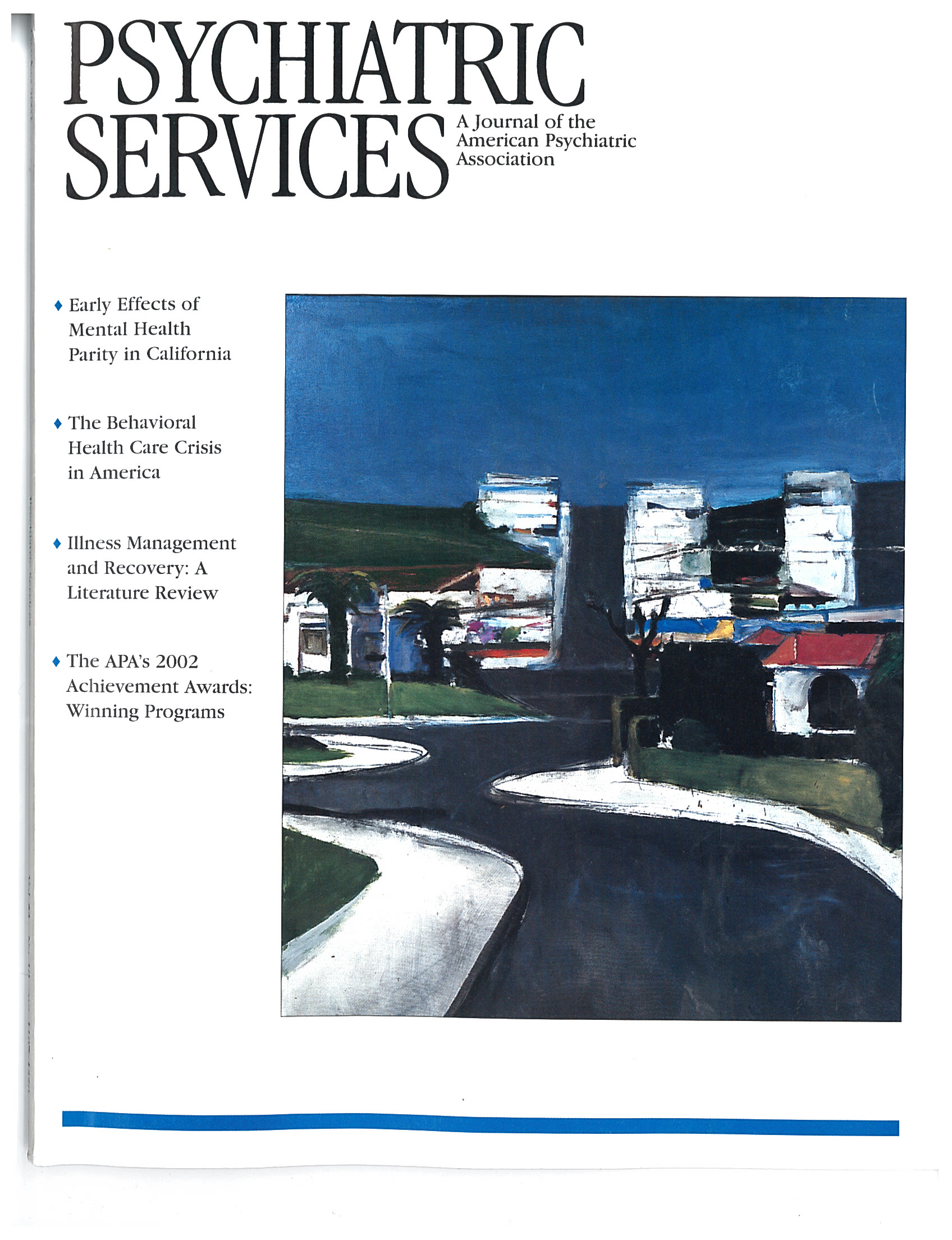The contours of the "racial project" (
1) in the United States have shifted with changing historical and social conditions. Previous attempts to exterminate Native Americans, enslave African Americans, exclude Chinese and Japanese immigrants, and subjugate Mexican Americans living in the United States are no longer considered morally, socially, or politically acceptable by the majority of white Americans.
Yet as recently as the middle of the 20th century, Japanese Americans were placed in concentration camps and African Americans were subjected to the virulent racism of Jim Crow laws and practices. Indeed, after September 11, 2001, Arab Americans, Arabs, and other people of Middle Eastern appearance have been ethnically profiled, and some have been held by government authorities without charge, bail, or even acknowledgment. Recent opinion polls indicate that nearly half of whites view African Americans as being less intelligent, and 70 percent believe that African Americans prefer to live on welfare (
2).
Racism has shifted, and there has been significant progress toward achieving civil rights, as Lasch-Quinn frequently reminds readers in this book. Yet institutional racism remains a major social force in this country on all fronts as people of color, compared with whites, receive substandard health care, have less access to education and jobs, are excluded from housing and neighborhoods, and are underrepresented politically and among the business and corporate elite. African Americans and Native Americans have higher rates of infant mortality and significantly shorter life expectancies and, along with Latino Americans, are vastly overrepresented in the criminal justice system. In addition, people of color are underrepresented in the media, particularly in ownership and high-level management, and overrepresented in negative and stereotypical media coverage, such as in portraits of criminals or welfare mothers. Lasch-Quinn acknowledges these forms of racism, almost in passing, as "vestiges" of a prior racial caste system. However, she also cautions that "race advocates feed a kind of racial-problems industry that focuses unduly on crime, low test scores, and welfare entitlement among blacks."
It would be surprising if these ubiquitous "durable inequalities" (
3) were not in some way psychologically internalized in one's sense of self. With white people, this may manifest itself as an unexamined assumption of entitlement, privilege, and superiority as a result of what is presented to them daily in their social worlds. It is against this contention that Lasch-Quinn bases her book. Lasch-Quinn is concerned with people whom she has labeled "race experts," because, in her view, their presence and their emphasis on the psychological consequences of racism "prolong old racial tensions and foster new misunderstandings and anxieties." This is a potentially comforting notion for white people: the issue is not the persistence of white racism and unearned and unexamined white privilege; the problem is "race experts" who keep focusing on racism.
The "race experts," whom Lasch-Quinn attacks acerbically and caustically, are a diverse group of encounter-group leaders, racial identity theoreticians, co-counselors, diversity trainers, and educators who have worked to include issues of identity in their teaching. They would probably be surprised to find themselves lumped together. As best as I can discern, what Lasch-Quinn believes unites them is that they focus on racism, particularly internalized racism, and that their work leaves whites feeling uncomfortable. Her tendency is to take extreme and egregious acts by these race experts, some of which will certainly leave many readers clucking and shaking their heads, as representing all efforts to focus on the psychological and emotional manifestations and consequences of racism.
Whites have certainly experienced instances of extreme, unfair, and unwarranted accusations of racism. Yet to use these experiences to discredit all forms of group racial encounters or to use psychological theory to conceptualize racism is reductionistic and misleading. Lasch-Quinn seems to assume that there is a tenuous link between social conditions and psychological internalizations and that any focus on the latter means that no work will be done on the former. It is essential to focus on the myriad of material, social, and institutional manifestations of racism today, but this does not preclude an acknowledgment of the psychological consequences. As many theorists of liberation, such as Frantz Fanon and Paulo Freire, have argued, the two are intricately linked and should be confronted simultaneously. Instead of focusing on the shaming and humiliating rituals of African American drivers being stopped by the police for DWB (driving while black), Lasch-Quinn bemoans the "harangue-flagellation ritual[s]" that whites must endure when confronted about racism. Unfortunately, this shifting of the locus of racial discourse may provide reassurance to many whites who have experienced discomfort in racially charged conversations, but it will do little to confront the reality of racism that impinges on and impedes the lives of many Americans of color today.

